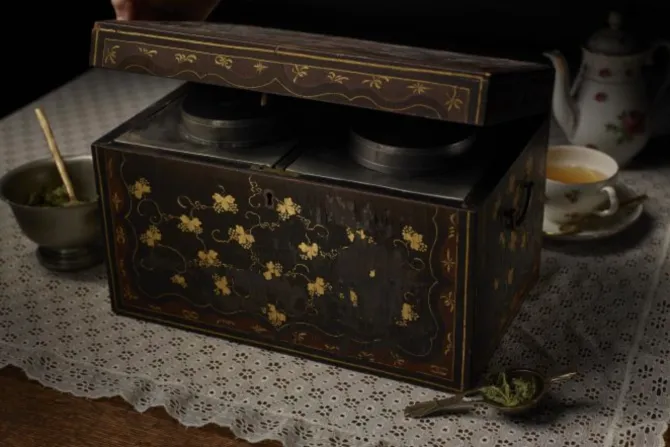Baltimore, Md., Jul 2, 2021 / 03:01 am
The National Shrine of Saint Elizabeth Ann Seton in Emmitsburg, Maryland unveiled Thursday an exhibit of rarely-seen relics and artifacts from the first native-born American saint.
The exhibit, which is called the “Seton Family Treasures,” contains “some of the most amazing artifacts that are known to exist” related to the Seton family, explained Rob Judge, the executive director of the shrine.
Judge said that it was an “immense gift for all of us” to be able to see the artifacts, and that the exhibit “helps us to know her; and helps us to tell her story.”
Among the “Seton Family Treasures” that are now on display at the shrine are the “iconic bonnet” worn by St. Elizabeth Ann Seton as part of the habit of the Sisters of Charity of St. Joseph; books owned by Mother Seton, her daughter Catherine, and her father; Catherine’s baptismal gown; Mother Seton’s personal rosary and crucifix; as well as the miniature wedding portraits that were exchanged with her husband on her wedding day.


